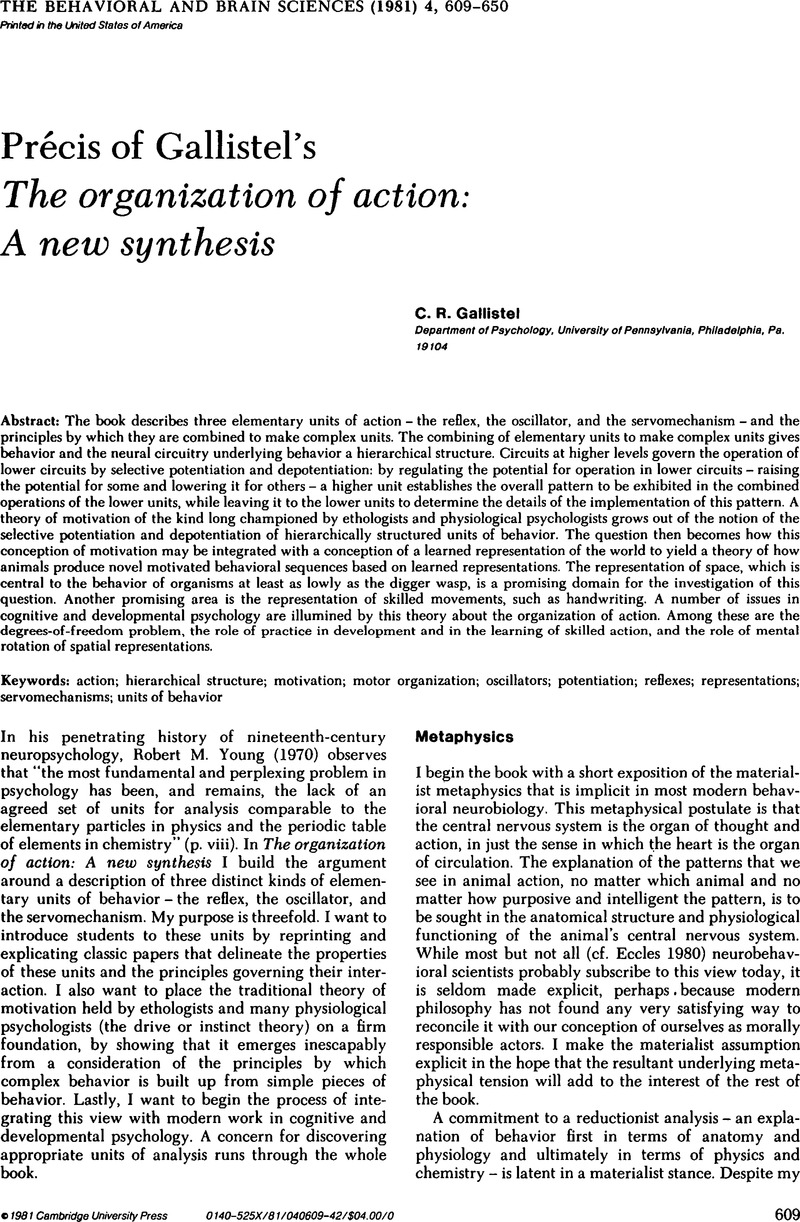Crossref Citations
This article has been cited by the following publications. This list is generated based on data provided by Crossref.
Christina, Robert W.
Fischman, Mark G.
Vercruyssen, Max J. P.
and
Greg Anson, J.
1982.
Simple Reaction Time as a Function of Response Complexity.
Journal of Motor Behavior,
Vol. 14,
Issue. 4,
p.
301.
CLARKE, RANDOLPH
2010.
Skilled Activity and the Causal Theory of Action.
Philosophy and Phenomenological Research,
Vol. 80,
Issue. 3,
p.
523.





